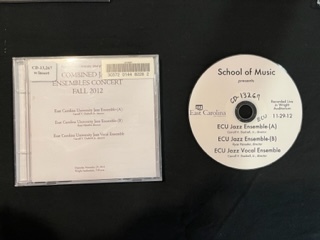Optical Media
Replacing both disc records and cassette tapes as the most efficient media for storing music, the compact disc (CD) made its public debut in 1982 with the 52nd Street album by Billy Joel. This audio format developed from a partnership between Sony Philips, and resulted in a thin, circular, plastic storage disc that could hold roughly 80 minutes of audio. The shiny new technology was not originally widely accessible as the first CD player cost roughly $1,000. However, the price gradually decreased over the course of the 1990s, and many people were able to enjoy CDs in their homes.
Consumers preferred the CD compared to previous forms of audio media particularly because of its ability to skip directly to a song without going through the entire album or blindly fast-forwarding. In the year 2000, sales peaked in the United States at 942.5 million CDs sold. Then sales began declining by roughly 10 million each year with the rise of digital media and streaming platforms. This pattern continued until 2021, when there was a resurgence of sales in the U.S. totaling up to 46.6 million. Even so, digital media and streaming are by far the predominant audio sources of today.

